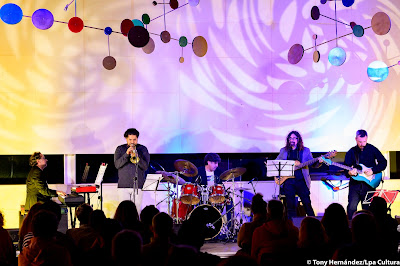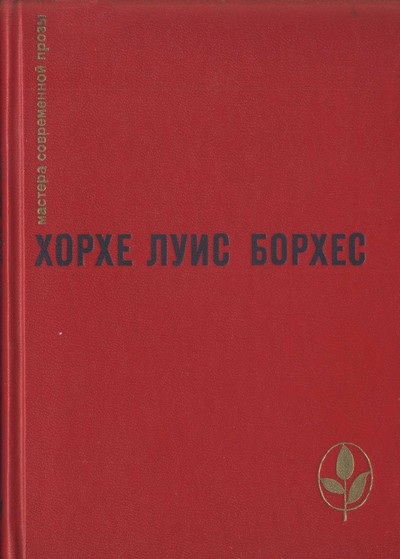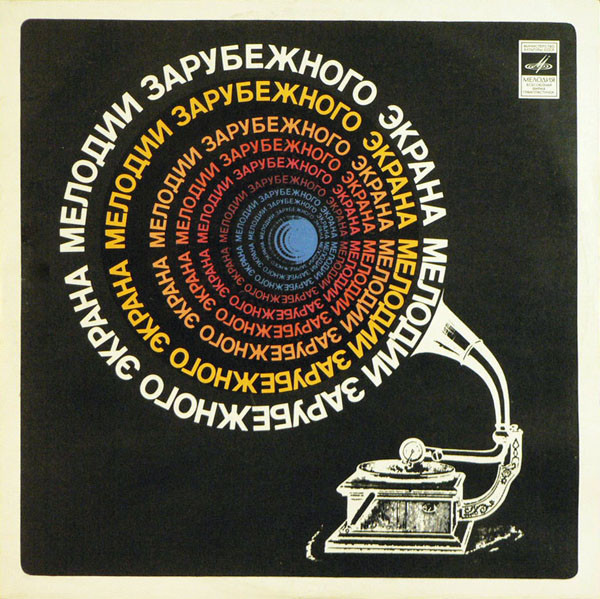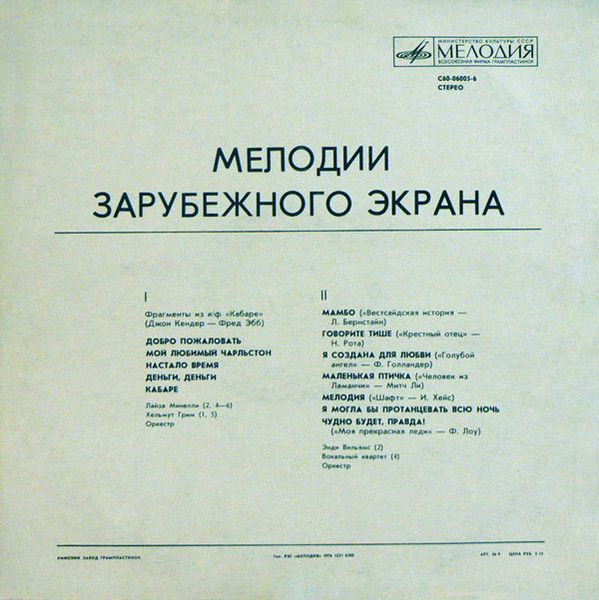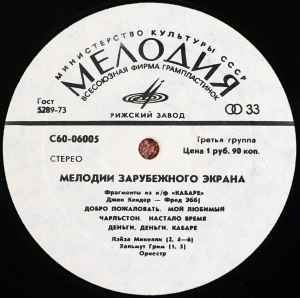During this month the obligatory COVID passports for cultural events got scrapped. And there was a lot of events.
- 2 February: «Si tú me dices ven» @ Palacete Rodríguez Quegles, Calle Benito Pérez Galdós, 4, Las Palmas de Gran Canaria
- Los Tres Aries are Salvador Delgado (vocals, guitar), José Julio Aguilar (vocals, guitar) and Paco José Falcón (requinto guitar, vocals), named so because all three of them share the same Zodiac sign. The trio covered such bolero standards as Cucurrucucú paloma, Quizás, quizás, quizás, El Reloj and, of course, Si tú me dices ven, in addition to the original songs.
- 3 February: Cubakan «Viaje de ida y vuelta» @ Museo Castillo de Mata, Calle Domingo Guerra del Río, 147
- Afro-Cuban jazz with Canarian flavour. José Alberto Medina (piano), Kervin Barreto (trumpet, flugelhorn, percussion, vocals), Dayron Álvarez (percussion, vocals), Felix López (percussion, vocals) and Jose Angel Campoalegre Valdes (vocals, guitar, cuatro Cubano).
- 4 February: Skinny Soul @ Museo Castillo de Mata
- Intriguing nu jazz-pop fusion from Alba Vega Leiras (vocal, keyboards), José Carlos Cejudo (electric bass), Luis Sánchez Guerra (keyboards) and Eduardo Fernández-Villamil Menéndez (drums). A rare occasion here when I liked the (original) Anglophone songs more than the (also original) Spanish-lyrics ones.
- 5 February: «A través del bolero» @ Auditorio José Antonio Ramos, Parque Doramas
- Another good helping of boleros, this time from Gabriel Domínguez (vocals, bassoon) with Osvaldo Hernández (drums), Rayko León (piano), Fofi Lusson (double bass, guitar) and Fernando Rodríguez (percussion).
- 10 February: Rayko León Quartet @ Museo Castillo de Mata
- Rayko León (piano, compositions and arrangements) with Renato D’Aiello (tenor sax), Carlos Meneses (double bass) and Alberto García (drums).
- 11 February: Alba Gil Aceytuno @ Museo Castillo de Mata
- 21st century prog-rock from incredibly versatile Alba Gil Aceytuno (sax, flute, keys, vocals) with José Carlos Cejudo (electric bass), Alexandre Coulon (drums), Alberto Díaz (trombone) and Luis Merino (guitar), presenting (mostly) music from Alba’s 2021 album Aguayro.
- 16 February: Raquel Amegashie @ Palacete Rodríguez Quegles
- With Luis Merino (guitar) and Lucas Arencibia (cajon).
- 17 February: Midnight Soul @ Museo Castillo de Mata
- If you like The Commitments you’d thoroghly enjoy tonight’s electrifying renditions of hits like Chain of Fools, Hit the Road Jack, Treat Her Right and even Satisfaction. Midnight Soul are: Lorena Román, Esther Suárez, Bentejui de Vera (vocals), David Alamo (guitar), Echedey Angulo (sax), Samuel Medina (drums), Dani Morales (bass), Neftalí Ojeda (trumpet) and Emilio Tabraue (keys).
- 18 February: JazzAire Originals @ Museo Castillo de Mata
- Modern jazz with flamenco overtones. With Sara Brito (flute), Carlos Meneses (double bass), Cristóbal Montesdeoca (piano) and Takeo Takahashi (drums).
- 24 February: João Frade @ Teatro Guiniguada, Plaza F. Mesa de León
- The first masterclass of 2022 organised by Mousikê.
- 24 February: Javi Montero Jazz Band «Surgere» @ Museo Castillo de Mata
- Powerful vintage jazz-rock. Featuring Javi Montero (drums), José Carlos Cejudo (electric bass), Santiago Miranda (guitar) and David Quevedo (keyboards), with special guest Kervin Barreto (trumpet). Unfortunately, the concert had to be cut short because of the rain.
- 25 February: «Conversaciones» @ Museo Castillo de Mata
- This evening, the concert was moved under the roof. The duo of violinist Pablo Rodríguez (La Palma) and pianist Humberto Ríos (Cuba) played extended versions of some of their conversaciones, fusing folk, jazz and modern classical music. A beautiful coda to the great series of concerts Cultura en acción organised by LPA Cultura.
And that was it for February.










